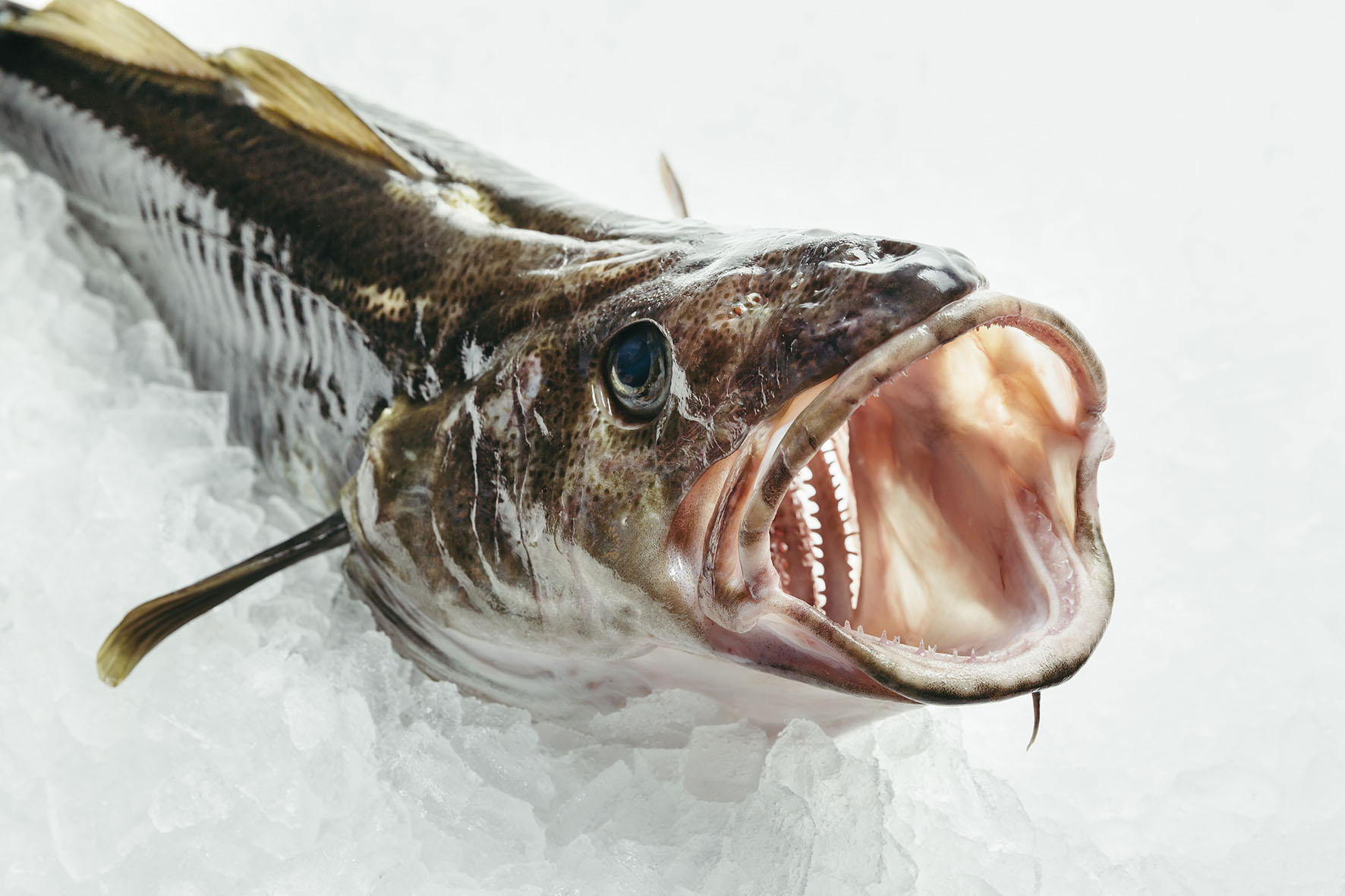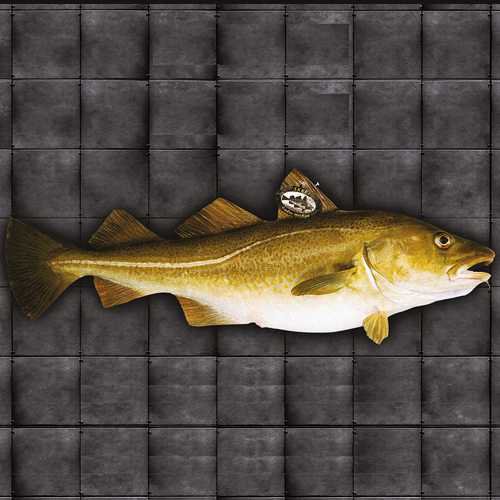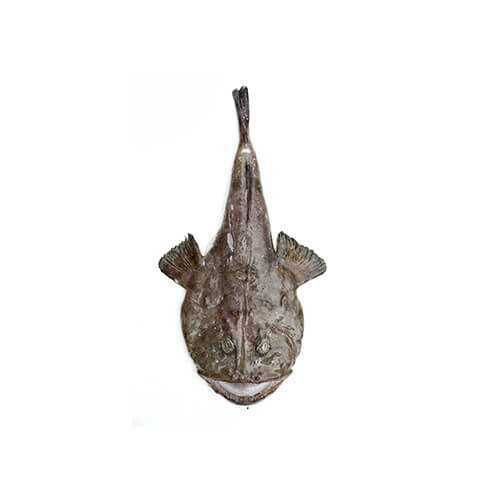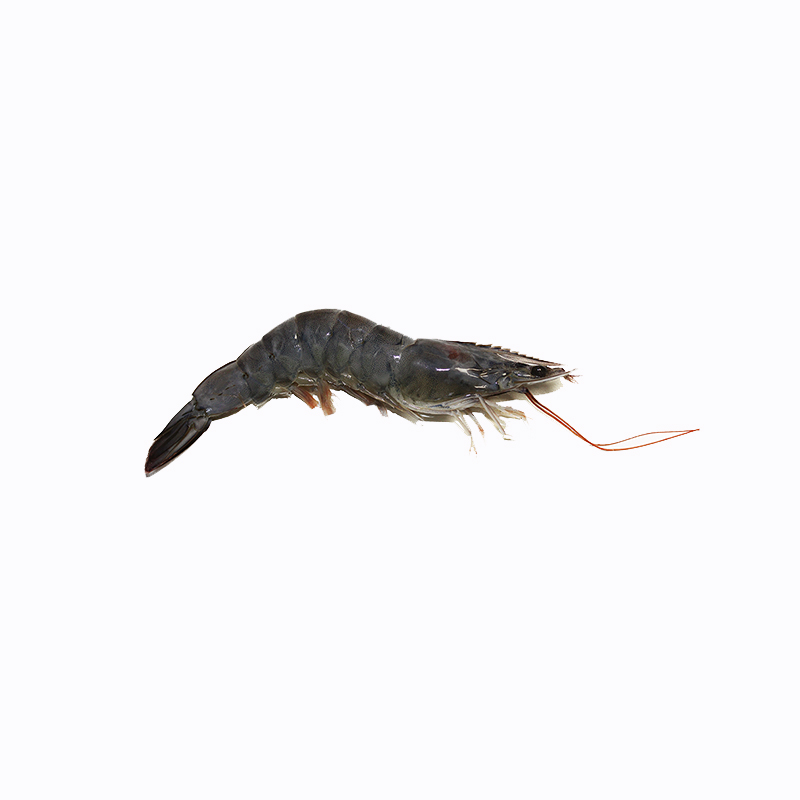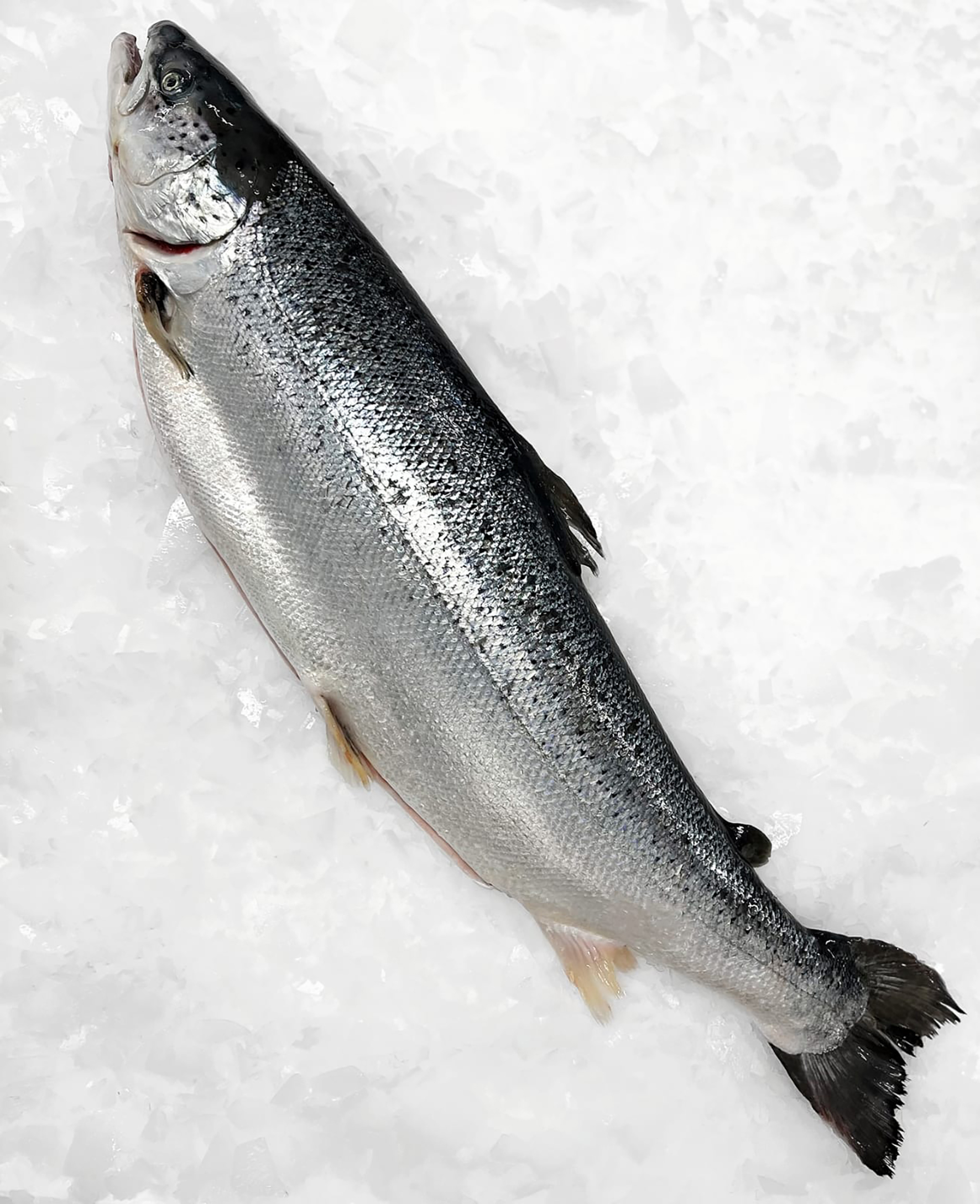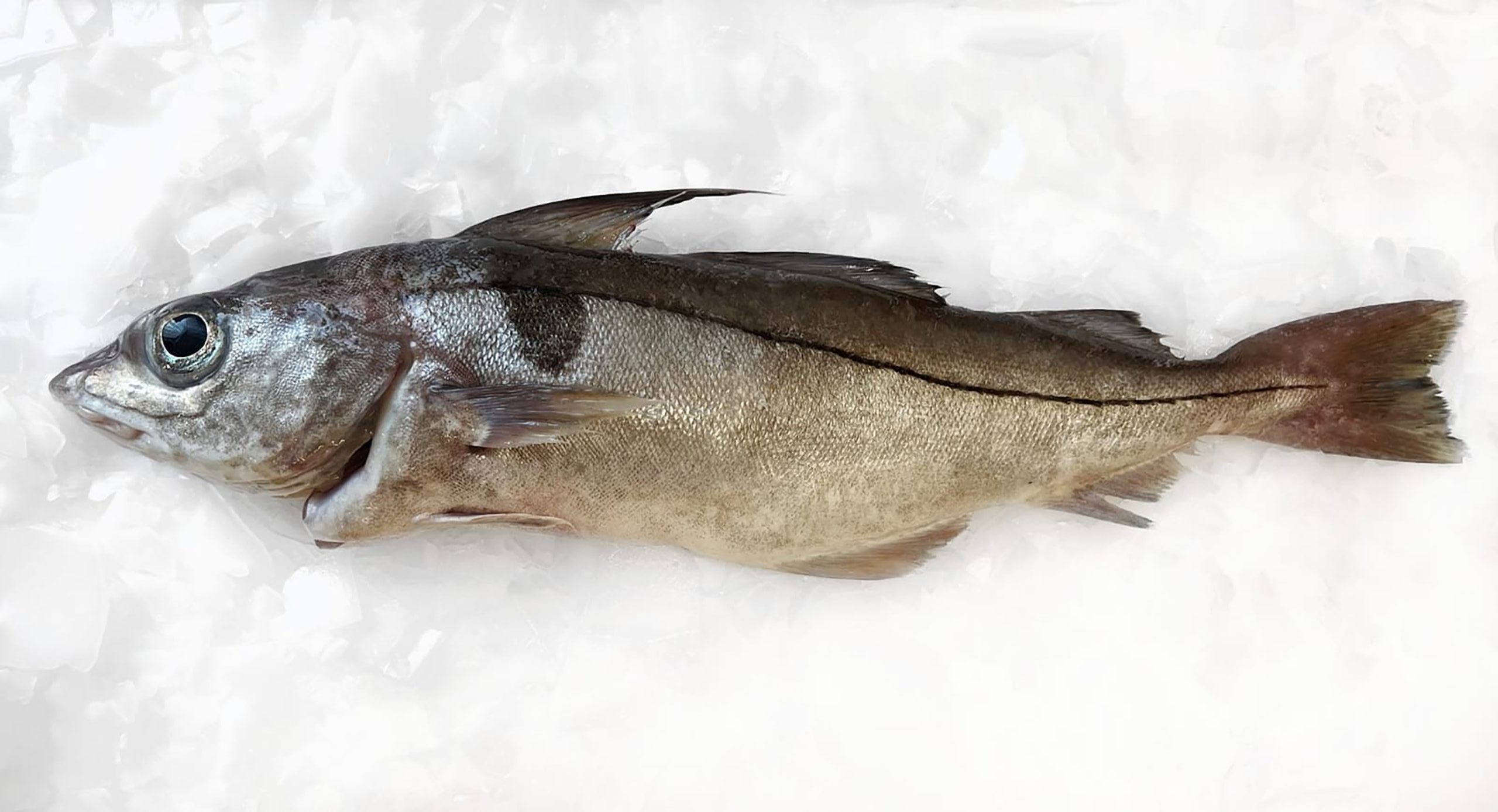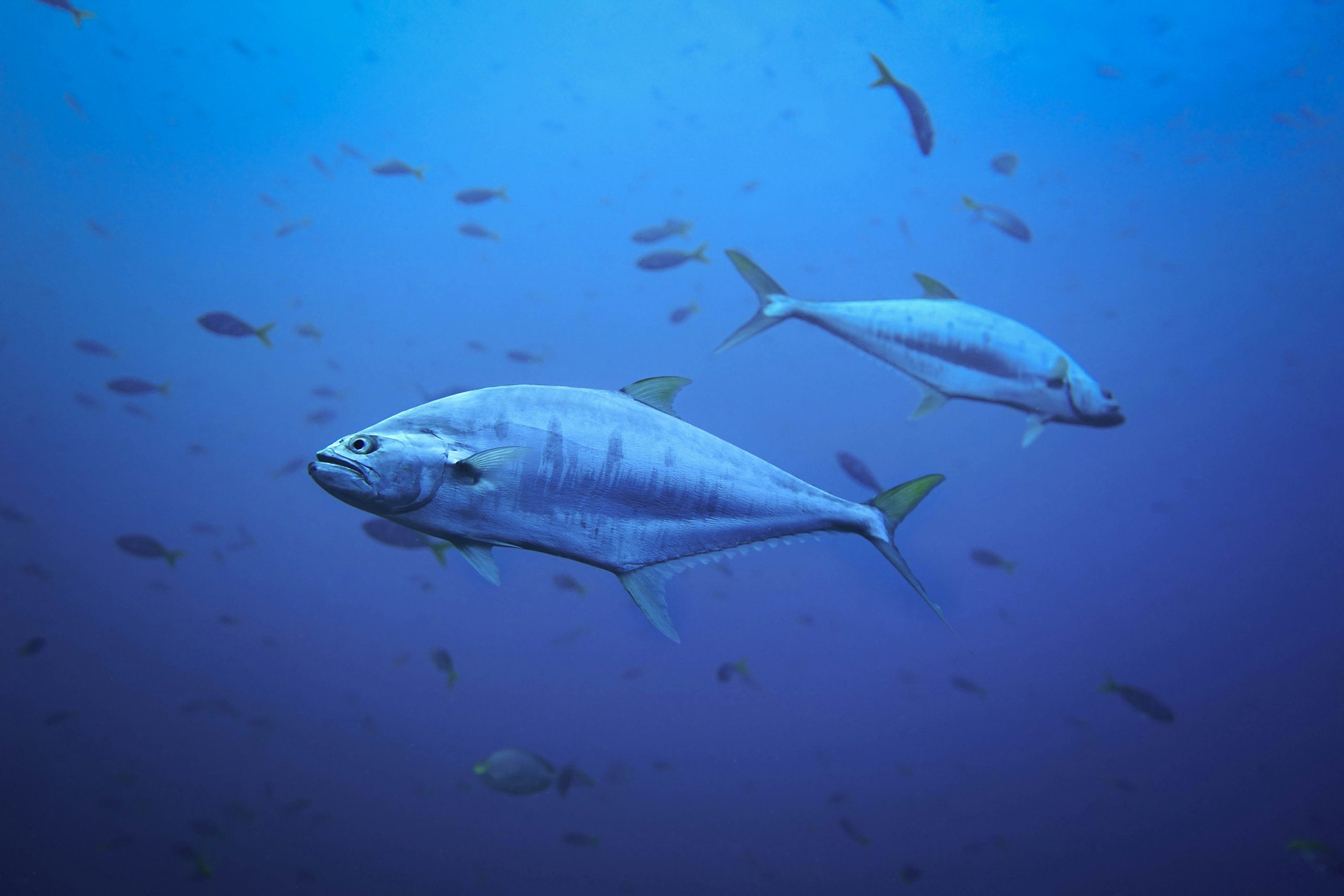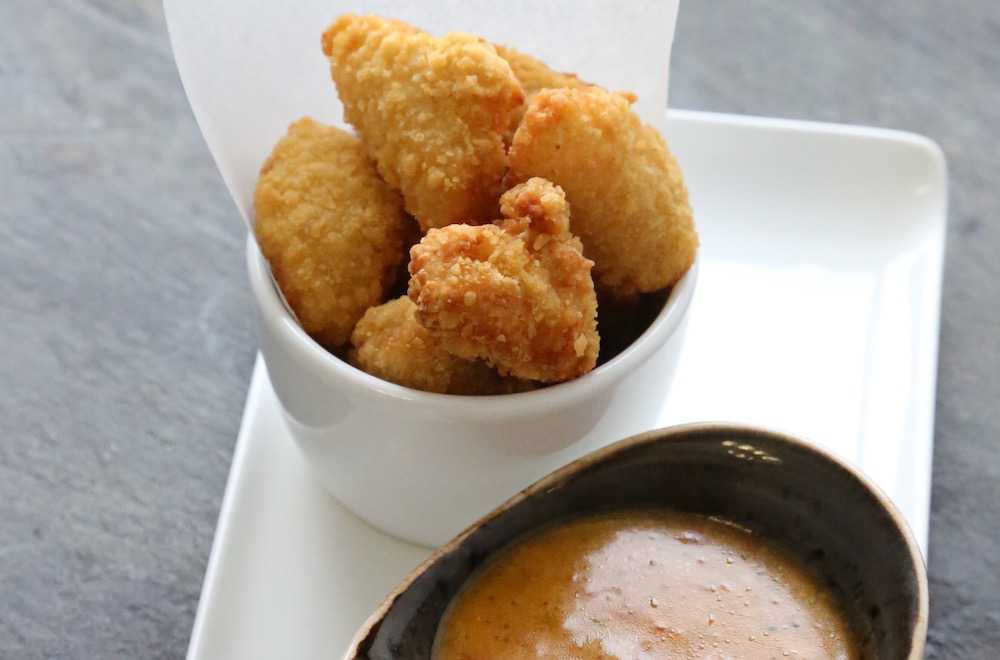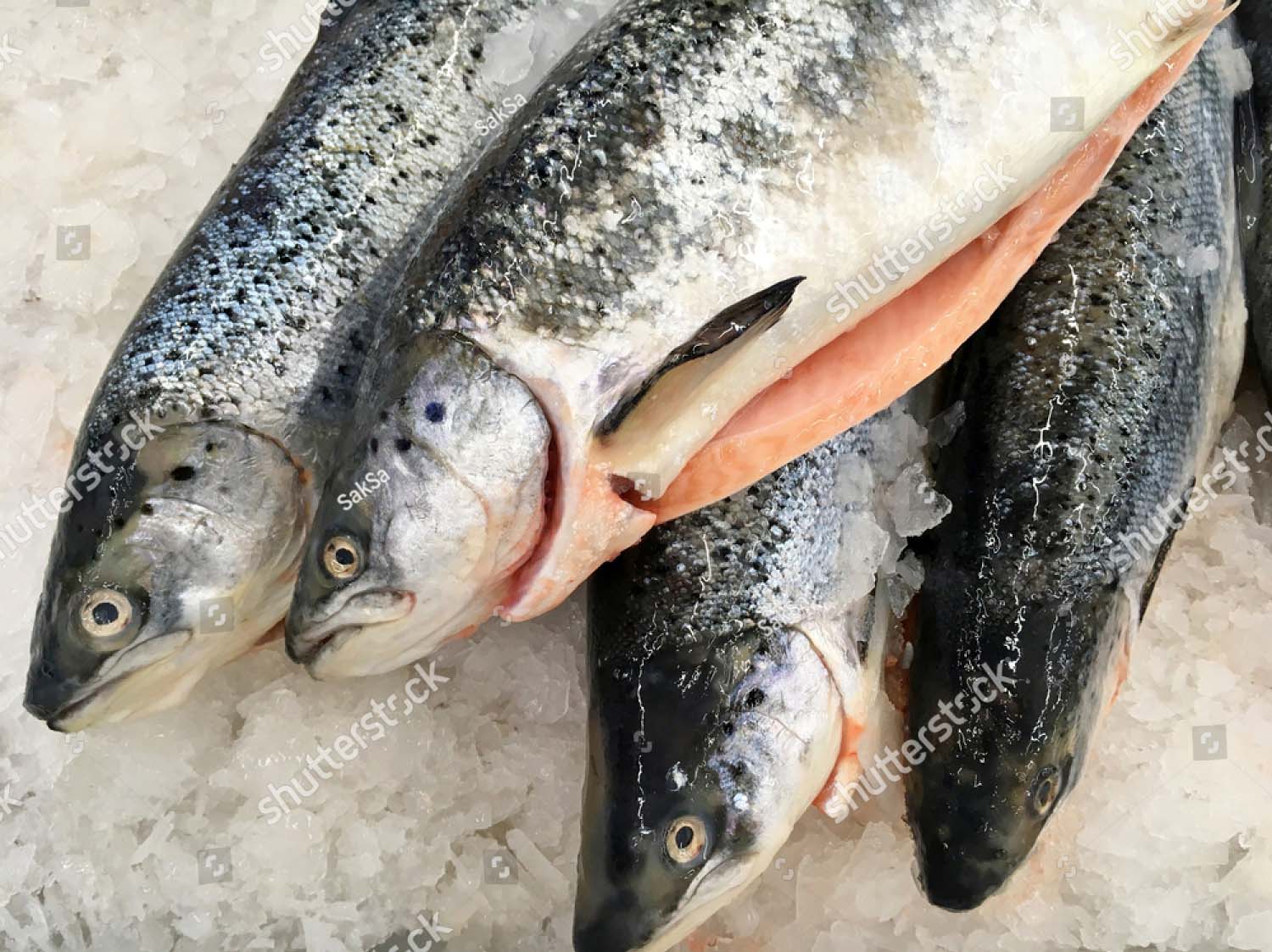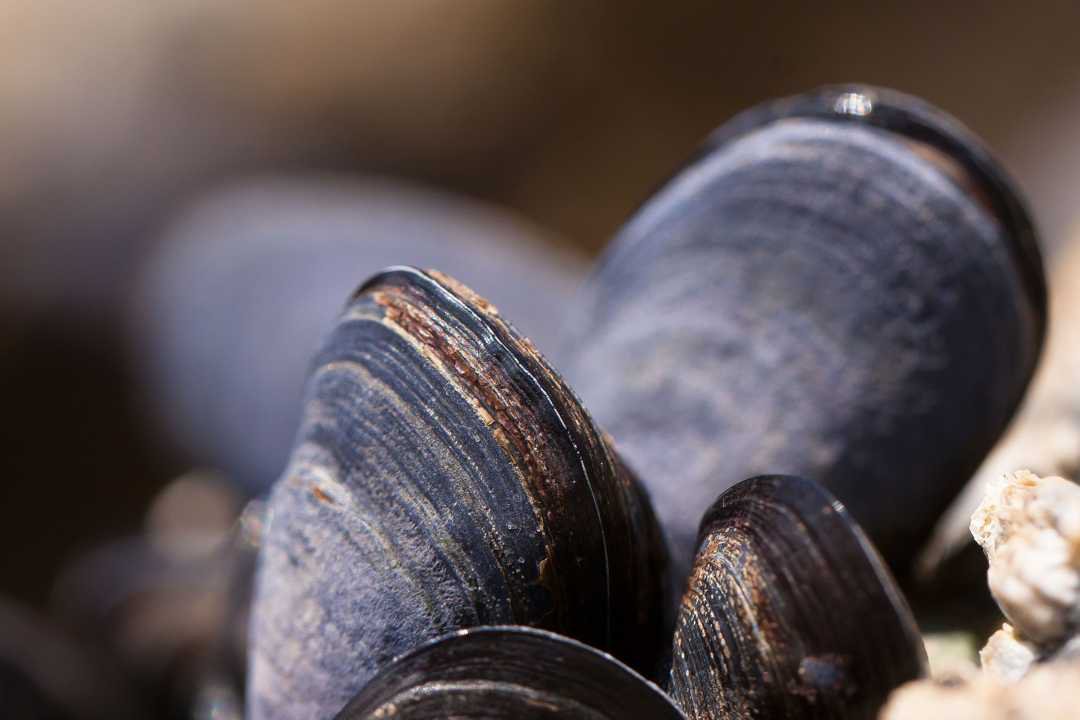Welcome to the spring 2024 newsletter, which aims to cover the March to May period for the supply of fresh and frozen fish and seafood. Whilst we sit and wait for a further battering from rain and wind and potentially snow, it is hard to imagine the lighter evenings and the warmer weather that should be the backdrop to our recommendations of the season.
Spring is a transitional period for a variety of species. With March a traditionally colder month and May typically much warmer, we end the quarter with a very different selection of species at their best compared to those we would recommend at the start. For those of you with the ability to change your menus monthly, this enables some great variety over the spring when promoting what is in season. For those of you on longer menu cycles, it can be a real challenge to choose wild native species that will be consistent in quality and price from March through to May. Fear not! Talk to your account manager who can offer invaluable advice and guide you through the minefield of spawning, fishing seasons, and migratory patterns. Spring is a key spawning season for both white and flat fish species, so ensure you are making the best choices to avoid fish in the peak of their reproductive cycles.
Some of you may be aware of the political unrest in various parts of the world at the moment. Having endured Brexit, a pandemic, and the consequences of the ongoing Ukraine war, we are now witnessing the effects of the conflict between Israel and Palestine. Aside from the humanitarian crisis – details of which you have no doubt seen in the media, Houthi rebels are targeting ships transiting the Suez Canal in solidarity with Palestinians. As a result, the world’s largest shipping firms are pausing shipments through the Red Sea after attacks along the crucial international trade route. This will have far-reaching effects for many industries, including ours, where there is a reliance on international imports.
•Total transit times will be delayed as ships are re-routed around the Cape of Good Hope. This means that shipment schedule reliability is non-existent. Furthermore, shipping lines will be unable to maintain subsequent schedules, with massive delays and backlogs anticipated. The expected delays are 10-20 days per container. This will make the forecasting of requirement more difficult.
•With the total transit times extended each way, shipping lines are adding more vessels. However, capacity will still be constrained, which means upwards pressure on rates.
•Spot rates and insurance costs are increasing rapidly on all affected trades. This will lead to an inevitable increase in freight cost.
•There is an expected issue with congestion and berthing at arrival ports in weeks to come across Asia, Europe and other regions of the world. This will lead to demurrage costs, again adding cost to products.
•Equipment shortages could quickly grow in the Far East potentially globally – affecting our processing partners.
•Vessels are turning off their AIS identifying locators meaning they cannot be targeted. This also means that they are difficult to track which makes estimated times of arrival very difficult to know.
•Stock availability is likely to be affected. Frozen fish and seafood importers will be expecting consignments to arrive which have been planned precisely to enable continuation of supply. The delays could see stocks run out. We, fortunately, are in the fortuitous and unique position of managing our own direct imports and do not, therefore, rely heavily on UK frozen suppliers. We have a healthy stock position currently, but will advise on a case-by-case basis if certain lines are facing disruption.
Given that these issues are related to frozen lines, we strongly advise that you communicate your requirements or significant changes in your current volumes, as soon as you are aware. We will, of course, be prioritising our regular customers in the event that there are any interruptions in supply.
It has been a slow start to the year for trade. This was expected given the reduction in the disposable income of the average consumer, combined with the usual January slow-down. Fortunately, it does feel like the worst of the inflation in prices has passed and we are starting to see some much needed levelling out from the severe peaks and troughs of recent years. Salmon, however, is the exception. It is widely expected that we are heading into the same price territory as we did in spring 2023 and spring 2022. Talk to your account manager about ideas of other fish to use. The only way to get the price down is to reduce our reliance on the species.
Let’s all hope for brilliant weather this spring, a return to the pub garden, and a resurgence in trade. Thanks, as always, for your loyal custom.
Natalie Hudd, Director of Sales, Direct Seafoods.


